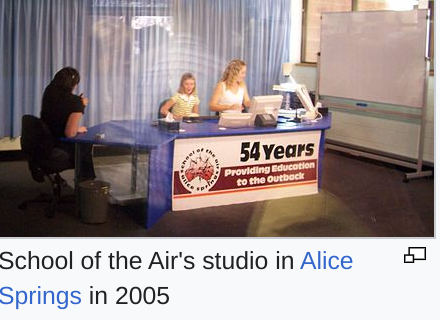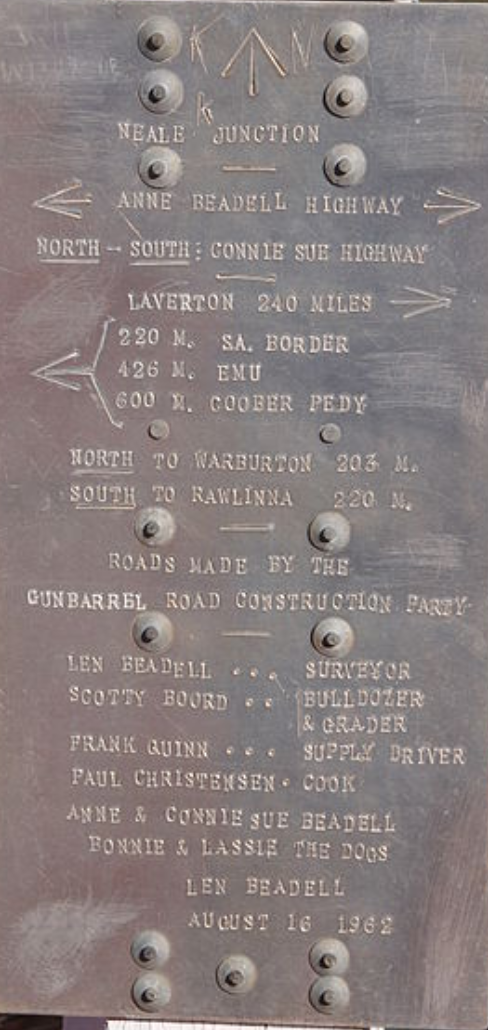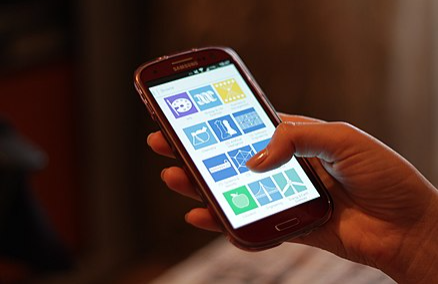What The Tech?! Radio Transmitters
One of the most incredible revelations of the age of sail is that it pre dated traditional means of communications. Clipper ships would sail the seas, carrying passengers and mail to the colony and if disaster struck, as it often did then help was always, some distance away. In today’s what the tech piece, we’ll be exploring the technology that was responsible for bridging isolation the world over. It provided global communications and a means to share news. But for it to work, we’d need the discovery of the electromagnetic wave field as well as the means to harness and understand it.
The Discovery of Electromagnetic Wave’s
By the time we discovered electromagnetic wave’s, the technological swing of the industrial age was fast approaching. We had the means to store data via images, the ability to generate accurate cartography and the means to navigate the high seas accurately, and with less risk than before.
However despite all this, the means for rapid communication remained elusive, despite promising research. While James Maxwell had laid the foundations for RF theory during the late 19th century, it took the workings of Heinrich Hertz before we were able to accurately generate and understand the theory of radio transmitters. Hertz also proved the ability to receive these waves, although back then the range was quite short, and not particularly clear.
Due to the revelations his work provided however, his name lives on in electrical lore with the Hertz. The Hertz is a measurement of electrical frequency that’s rather important in electronics and communication. It’s also responsible for one of the best nerd memes ever. Check this out
While it is a meme, there’s a teachable moment there as all three of these faces made huge contributions to the field of communications and electronics.
Early transmitters
Like most early pieces of technology, the first transmitters were large, unwieldy devices that were powered by vacuum tubes and drew large amounts of current. They also had poor efficiency, with spark gap transmitters having a large bandwidth as well as poor filtering. Because of this, it wasn’t uncommon for users to disturb each other while transmitting. We’ve included a video link of a spark gap transmitter so you can get a bit of an idea of just how broad they were.
In today’s world, it’s illegal to use spark gap transmitters in most of the world due to the general disturbance they cause. At the time though, they were an essential step towards using and understanding the radio spectrum and its potential more clearly.
The most obvious use cases for the new systems were for naval and maritime use, giving navy folk and merchant mariners the means to receive weather warnings, communicate with home and provide location updates. It would take one specific incident that would change the way we saw the radio transmitter, forever
The Communications Boom
On the night of April 15, 1912 the RMS Titanic was in the Atlantic ocean travelling at speed in an attempt to set a new transit record between the United States and the United Kingdom. As history shows us, this trip was fateful, with the ship sinking and suffering large losses due to a shortage of lifeboats and the bitterly cold Atlantic waters. Titanic changed the dynamic for maritime conditions. Source: Wikipedia
Titanic changed the dynamic for maritime conditions. Source: Wikipedia
However, there was one additional, lesser-known factor that sadly contributed to the loss of life. Despite being fitted with a powerful Marconi transmitter, along with a state-of-the-art (for the time) antenna system, the system was mostly used for prestige purposes. This came in the form of sending novelty “radiograms” for first-class passengers while at sea, a quite prestigious thing considering the times.
The biggest issue with having the system installed on Titanic and many other ships like many other things, came from a lack of standardization. Due to the relative infancy of the system, there was no standard watch keeping, little in the way of emergency services and no formality with regard to weather forecasting and information sharing.
When it was realized that the Titanic sank with little in the way of notification and warning, it led to a new era in maritime safety that was focused on weather sharing and standardized formats for watchkeeping and transmission of emergency messages. With this, the usage of radio became more mainstream, with maritime stations being equipped with transmitters and shortwave stations on land broadcasting weather information.
Beyond this, we saw transmitters being essential in other remote locations, like the Arctic, Antarctic and even the central regions of Australia.
The School of the Air program for instance was founded around Radio, using transmitter stations to broadcast voice. These were two-way transmissions with students in remote areas communicating with a teacher at a distant location, allowing children to receive educational services while living remotely. These transmitters, were reasonably low powered, typically 100 watts and sent the voice transmissions in single sideband format, which is something we’ll explore in a later piece.
It was also essential in mapping the central parts of Australia, with the Australian surveyor Len Beadall using SSB transmitters to build his highways in remote regions. Len stayed remote for months at a time and often, an SSB transmitter was the only piece of equipment that allowed consistent communications. The highways made the interior of Australia far easier to navigate. Source: Wikipedia.
The highways made the interior of Australia far easier to navigate. Source: Wikipedia.
We also saw the mainstream adoption of consumer media over radio, with high-powered transmitters providing entertainment via AM, FM and Shortwave services as well as radio receivers becoming standard fitment for motor vehicles.
Present Day
It’s fair to say, that without the invention of the radio transmitter our connected world would not exist in the way in which it does. While amateur and broadcast radio are not used as much in our new connected world, it’s transmitters that are responsible for much of what we see and use in our day-to-day lives.
Your typical smartphone for instance, usually has multiple radio systems built into it by design. There’s Bluetooth for sharing media as well as Wi-Fi for high-speed internet. And of course, we have the GSM module which sends and receives the data that’s essential for providing the mobile communications we are so used to now. We also see more efficient usage of both transmitters and receivers. The development of digital communication modes and trunking systems allows many people to use the same part of the spectrum efficiently providing digital services that are resistant to noise and interference, as well as being extremely reliable.
We also see more efficient usage of both transmitters and receivers. The development of digital communication modes and trunking systems allows many people to use the same part of the spectrum efficiently providing digital services that are resistant to noise and interference, as well as being extremely reliable.
While voice communications via radio are far more niche these days, these digital mode transmitters like telephone, communication and media are always running quietly behind the scenes, keeping us informed and our world connected.
Into The Future
As we’ve seen of late, there really is no limit to the heights radio can reach. While probably a bad pun, a good example of this is the Starlink and satellite-based systems, that provide internet access and life-changing services to people who require them. While the adaptation of the internet over GSM and Satellite internet is probably the best example of future adoption, we still see many other digital modes used for many other purposes.
There are wireless monitoring systems for traffic, smart highway systems for efficient travel and electronic billboards that are able to be updated remotely. And as we continue to watch the IOT boom explode we also see remote sensors, weather stations and many hobbyist applications that include transmitters. In the future, we can expect to see new, and more efficient data transmission methods providing new services and unlocking new applications for the radio spectrum.
In the future, we can expect to see new, and more efficient data transmission methods providing new services and unlocking new applications for the radio spectrum.
A good example of this could be seen in prototype drone delivery systems. While it’s still an emerging technology, it shows the principles of how automated and digital communication systems can provide large and tangible benefits to society. We also see this in the automotive industry, with lidar and ultrasonic systems making our cars safer for everyone.
While the technology will continue to evolve, the radio transmitters' role in connecting our world is firmly established.
What the Tech?! is our recurring, twice-monthly piece that explores the technology that was essential in shaping our modern world.
Medium has recently made some algorithm changes to improve the discoverability of articles like this one. These changes are designed to ensure that high-quality content reaches a wider audience, and your engagement plays a crucial role in making that happen.
If you found this article insightful, informative, or entertaining, we kindly encourage you to show your support. Clapping for this article not only lets the author know that their work is appreciated but also helps boost its visibility to others who might benefit from it.
🌟 Enjoyed this article? Support our work and join the community! 🌟
💙 Support me on Ko-fi: Investigator515
📢 Join our Telegram channel for exclusive updates or.
🐦 Follow us on Twitter
🔗 Articles we think you’ll like:
- OSINT Unleashed: 5 Essential Tools for Cyber Investigators
- What the Tech?! GPS Technology
✉️ Want more content like this? Sign up for email updates here

































